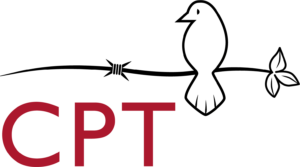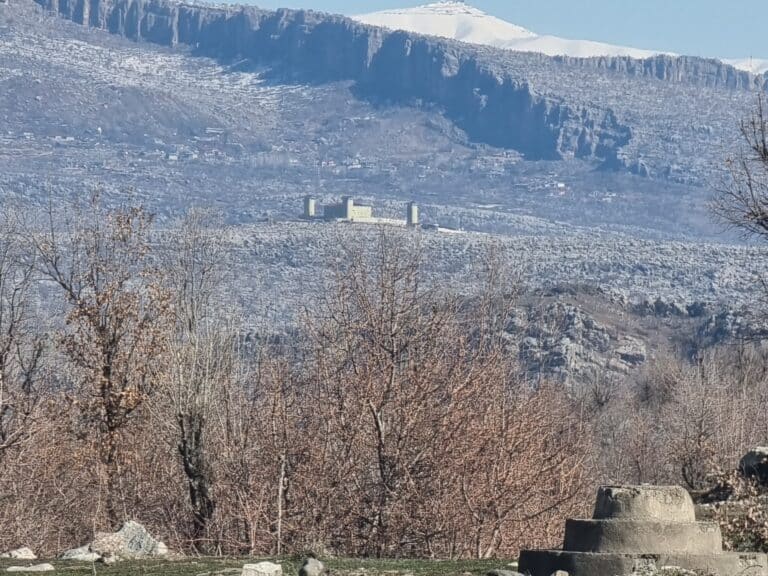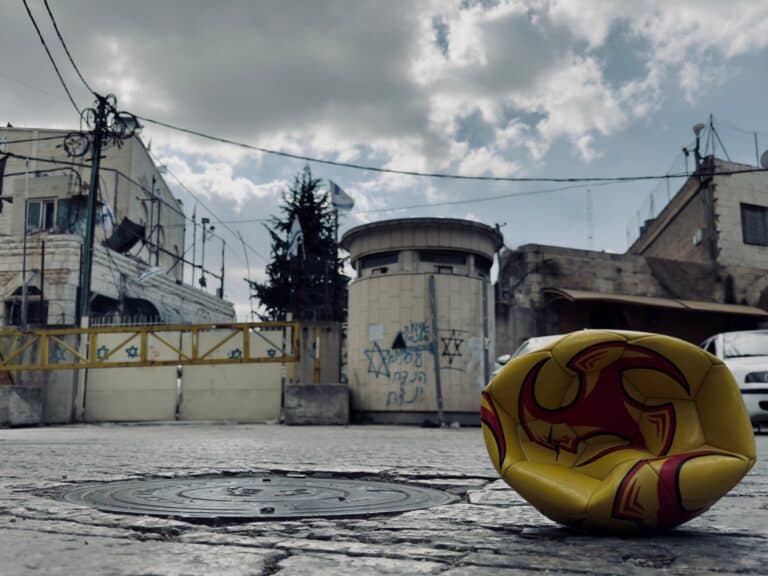This summer marked ten years since Europe’s so-called refugee crisis. I say “so-called” because the crisis was never about the arrival of migrants – they had always come, and always will – but about Europe’s will to receive them. The term crisis implied social disorder, feeding the fear that this was a population that could not be assimilated. It also stoked ideas of besiegement – that states were “overwhelmed” by a sudden “influx.”
In one sense, though, the word crisis was apt, but it referred instead to Europe’s thin-skinned idea of itself, beleaguered and put-upon, rather than to the behavior of its new neighbors.
Over the past decade, the lessons European states have drawn are a recipe for violence. Measure after measure rests on the principle of classifying people in order to deny them equal standing. Each act of segregation builds ghettos for the newcomers – closed and barely visible – which in turn breeds resentment that “something strange” is happening there, or that the meager state support they receive exceeds what locals can expect.
Migration is a fact of the world we’ve built. Yet European governments have branded it a problem and, in trying to “solve” it, have radicalized themselves. Each anti-migrant scheme backfires, creating dilemmas that can’t be resolved. Europe seems to have walked too far down this road to turn back now, landing at the conclusion: get them out of here. Call in the army; sink the boats; set the law on them; send them to Rwanda, Albania – anywhere that will take them.
In 2014, before the advent of the “crisis,” CPT sent an exploratory delegation to the Greek island of Lesvos, where we have been ever since. From this microcosm of Europe, we saw the recipe pressure-cooked. The backroom deal between the EU and Turkey – which trapped migrants on the Greek islands – is again being touted as a blueprint for the rest of Europe to follow. It led to the immiseration of the newcomers and a sense of local betrayal. Resentment grew; some periodically engaged in racist violence. The only solution has been more segregation, reinforced by surveillance technology. For the last ten years, as migrants move through Europe looking for a place to make a life, they have encountered variations on this pattern.
Around the time I arrived in Lesvos, I met a five-year-old boy from Somalia. He attended an informal kindergarten in Pikpa camp, where CPT was active. He had just been transferred from Moria camp – a hellhole, purposefully so – and he was acting out. He wasn’t a bad kid, his mother said, but whatever he’d endured there had left its marks. As he grew older, he began attending school in central Mytilene, the island’s capital. The parents of the other kids bullied him, saying he had no place there, and when his father went to confront them, they hit him, too.
Eight years later, he speaks Greek perfectly. While many of his fellow travelers have moved on to Germany, Austria, Sweden – wherever they could build a future – Lesvos is his home. Nothing can make that untrue.





